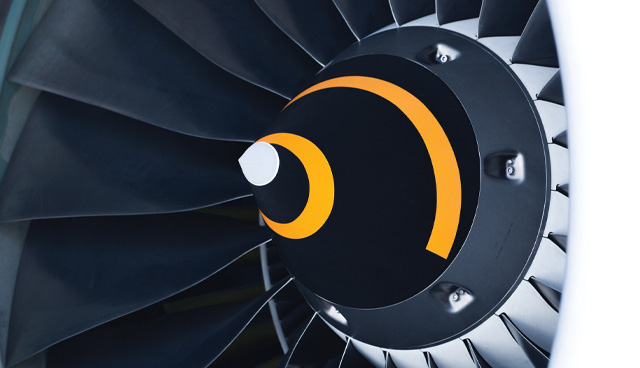Decarbonising aviation

The Covid-19 pandemic has posed an existential crisis for many sectors of the aviation industry; however, air travel will return. Yet, when the Covid crisis subsides, the climate crisis will loom larger than ever, and aviation must accelerate sustainability efforts.
Overall, transport contributes almost 25 per cent of global energy-related CO2 emissions and the sector remains an EU climate target laggard. As travel and tourism returns, aviation will resume contributing around 3 per cent of the world’s total greenhouse gas (GHG) emissions. Indeed, the European Commission projects that demand could push aviation’s GHG emissions 300 per cent above 2005 levels.
Alongside cement, steel, plastic, road haulage and shipping, aviation in particualr is regarded as one of the hardest sectors to abate GHG emissions.
Established in 2019, the Clean Skies for Tomorrow (CST) Coalition seeks to provide a platform to identify and address decarbonisation challenges, driving sustainability in aviation. A public private partnership led by the World Economic Forum (WEF), in collaboration with the Rocky Mountain Institute and the Energy Transitions Commission, its objective is to facilitate a transition to net zero flight by the middle of the 21st century.
Alongside other ‘clean propulsion’ technologies, one steppingstone on the route to decarbonisation of aviation is the deployment of sustainable aviation fuels SAF. Synthesised from feedstocks, such as municipal waste, waste lipids and agricultural residues, SAF has fuelled over 250,000 commercial flights and is compatible with existing aircraft and infrastructure.
It is unlikely that hybrid and hydrogen powered technology will develop beyond application in small aircraft in this decade. In the meantime, the CST Coalition has identified SAF as the most scalable alternative.
In 2019, commercial airlines used 300 million tonnes of jet fuel, while only 200,000 tonnes of SAF were produced globally. Increased capacity relies on scaling alternative production pathways that require more abundant feedstocks. As this occurs, costs will decline, though it is important to recognise that no single feedstock or pathway will provide sufficient yield.
However, one barrier to application of SAF at scale is an unwillingness or inability on behalf of producers and consumers to bear the initial cost burden required to achieve cost competitiveness in relation to fossil fuels.
As such, the cost of SAF is likely to continue to exceed the cost of refining fossil fuels. The central argument, however, is that if the Paris Agreement’s 1.5°C or 2.0°C global warming targets are exceeded, the cost will be infinitely greater.
Through the CST Coalition, the World Economic Forum is contributing to the aviation industry’s transition by incentivising the intervention of leaders. Sufficient production of SAF to fuel all aviation by 2030 will require economic viability and scaled production. Along the aviation value chain, the WEF has asserted that collaboration is required to deliver three crucial ingredients.
- Supportive policy framework: Policy interventions that stimulate experience curve effects and economies of scale would drive uptake of SAF while simultaneously delivering economic benefits. Likewise, a policy bundle could incentivise investment and ensure sustainability criteria that inhibit potentially counter-productive repercussions from SAF development.
- Corporate and consumer demand: There is a growing willingness among corporate flyers to pay premium prices for sustainable transport. A scalable SAF marketplace could ease access to SAF for consumers, meaning that the aviation industry could directly reduce emissions rather than relying on offsetting schemes.
- Innovative finance: The differential cost between SAF and fossil jet fuel necessitates creative financing. A rapid transition requires collaboration between industry, investors, and lenders to produce a financing blueprint that mobilises capital and reduces investment risk.
Maintaining the status quo is no longer a viable strategy for aviation. While demand for air travel and the associated social and economic benefits will return post-Covid, the industry must now coherently undertake its energy transition to deliver climate action obligations.





